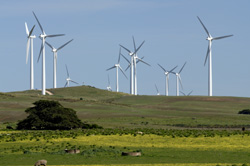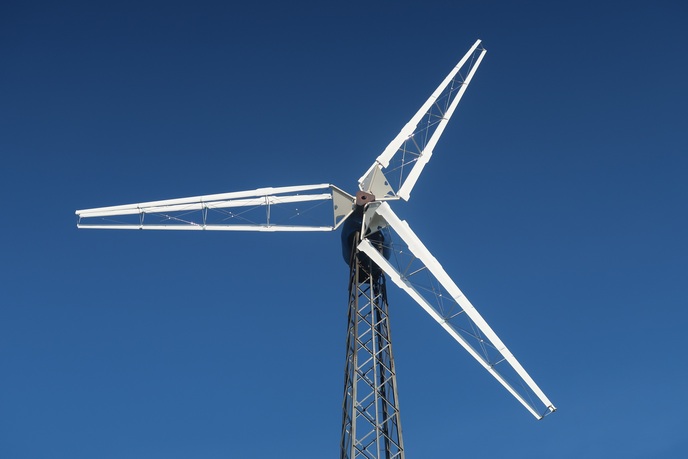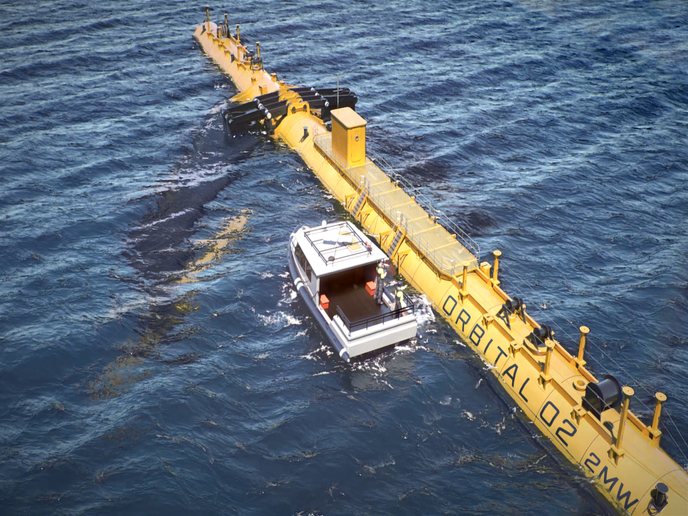Designing vibration out of large wind turbines
Large wind turbines offer economies of scale in terms of energy production, but can suffer from vibrations. In certain circumstances these vibrations can cause instabilities and reduce power output. A group of wind turbine experts gathered in the context of the STABCON project to study this phenomenon in detail. The approach involved the installation of strain gauges on the tower, shaft and blades of a 2.5MW wind turbine operating in the field. Data were gathered from the sensors over a wide range of operating conditions. Afterwards, scientists with the Risoe National Laboratory in Denmark, the organisation coordinating STABCON, applied Operational modal analysis (OMA) to the time series of data. The decision to implement OMA bore fruit, revealing two distinct tower modes as well as two whirling modes, which are caused by edgewise blade vibrations. Furthermore, the choice of a fixed frame of reference facilitated the detection of natural frequencies. However, modes deriving from flapwise blade vibrations proved undetectable with OMA due to extensive damping. Despite the requirement for ample data, the methodology was ideal because it did not require a priori knowledge of the wind turbine nor the external forces acting on it. The STABCON results will be exploited to revise design guidelines in an effort to limit the impact of these modes on wind turbine performance.







